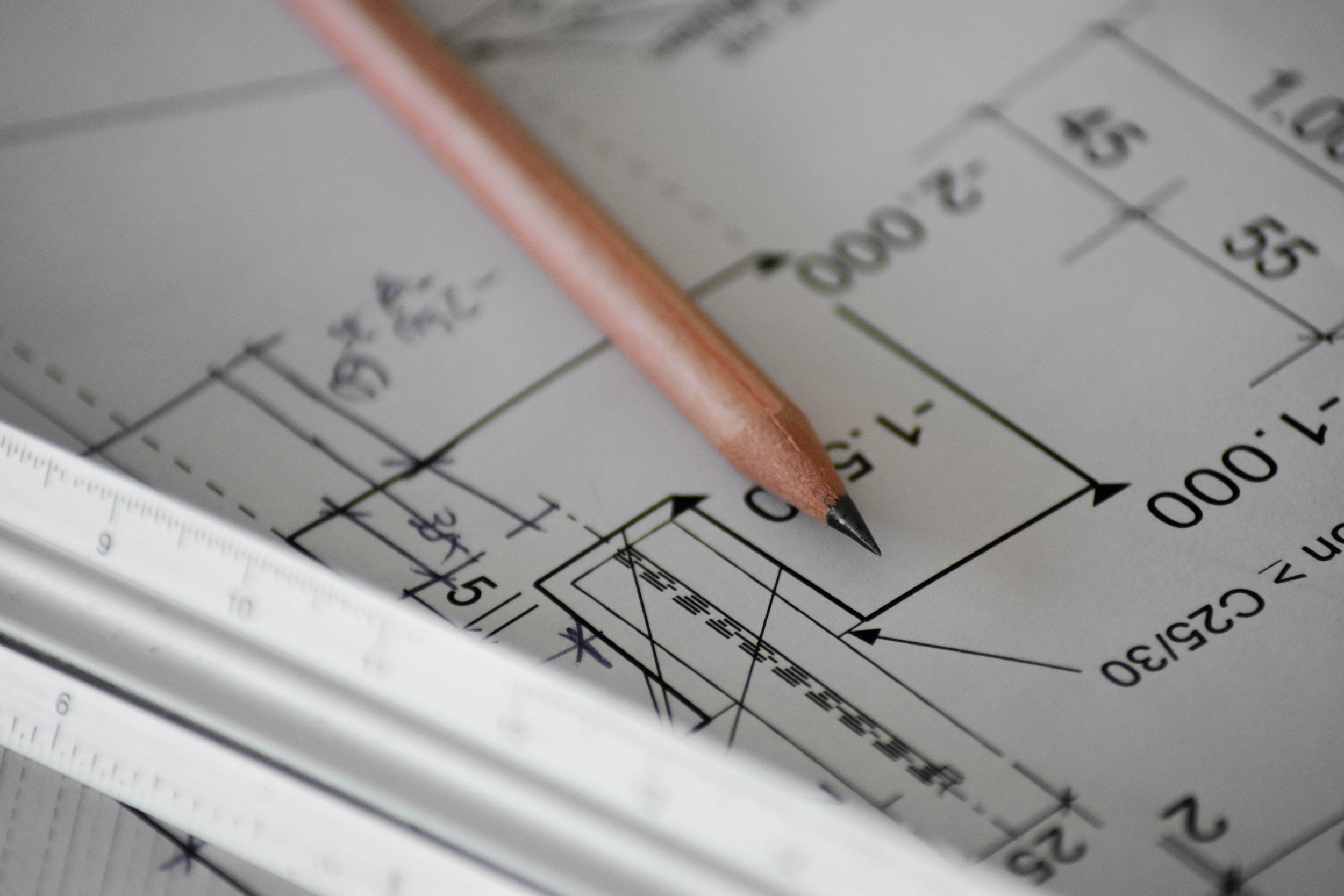Why do I connect the way I do? How attachment styles shape our relationships
Why We Connect the Way We Do
Have you ever found yourself wondering why relationships—whether with family, friends, or partners—can feel so easy sometimes, and other times, downright confusing? A lot of it boils down to something called attachment styles, which are basically the ways we learned to connect (or protect ourselves) early in life.
Attachment theory helps us understand how our first relationships as kids—especially with caregivers—set the stage for how we approach connection, trust, and intimacy as adults. And here’s the thing: these patterns aren’t always obvious! They can quietly influence what feels safe or uncomfortable for us in relationships, often without us realizing it.
Let’s break it down so you can start to get a better sense of your own style—and why it matters.
What’s the Deal with Attachment Theory?
Attachment theory was first introduced by psychologist John Bowlby and later expanded by Mary Ainsworth. At its core, it’s all about how the bond we formed with our caregivers as kids impacts the way we relate to people now.
The idea is pretty simple: when we’re little, we look to our caregivers to figure out what to expect from relationships. Are people trustworthy? Are my needs going to be met? Am I safe to express myself? Depending on how consistent, attentive, or available our caregivers were, we develop an attachment style that shapes how we interact with the world.
The Four Attachment Styles (And How They Show Up)
1. Secure Attachment
If you grew up with caregivers who were reliable and emotionally available, you probably developed a secure attachment style. This means you’re generally comfortable with intimacy, trust, and independence. You’re the person who can ask for what you need and trust that others will come through.
2. Anxious Attachment
If your caregivers were inconsistent—sometimes attentive, sometimes not—you might have an anxious attachment style. You may find yourself craving closeness and reassurance but worrying about being abandoned or not valued. Relationships might feel like a rollercoaster, with lots of ups and downs.
3. Avoidant Attachment
Did you grow up with caregivers who were emotionally unavailable or dismissive? If so, you might lean toward avoidant attachment. People with this style tend to value independence and shy away from emotional closeness, often to protect themselves from being hurt.
4. Disorganized Attachment
This one’s a mix of anxious and avoidant tendencies and often stems from early trauma or unpredictable caregiving. It’s like wanting connection but being afraid of it at the same time—a push-pull dynamic that can feel pretty confusing.
Why Does Your Attachment Style Matter?
Attachment styles can feel like the blueprint for our relationships. They show up in how we:
Communicate (or don’t) when we’re upset.
Handle conflict or stress.
Open up (or close off) emotionally.
For example, someone with a secure attachment style might find it natural to ask for support or express feelings. On the flip side, someone with an anxious or avoidant style might feel uncomfortable or even overwhelmed doing the same.
Here’s the good news:
Your attachment style isn’t set in stone.
Once you understand your patterns, you can start to shift them in ways that feel healthier and more aligned with the kind of relationships you want.
What’s Next?
Understanding your attachment style is just the first step. It’s like getting a map of the terrain—you know where you’re starting from, and now you can figure out where you want to go. In our next blog post, we’ll dive into how equine-assisted services can help you explore your attachment style and start making positive changes.



